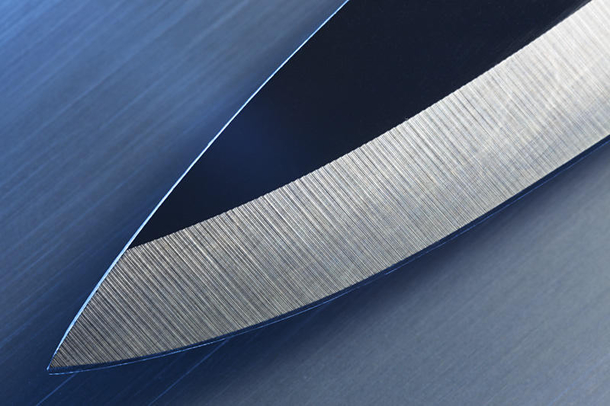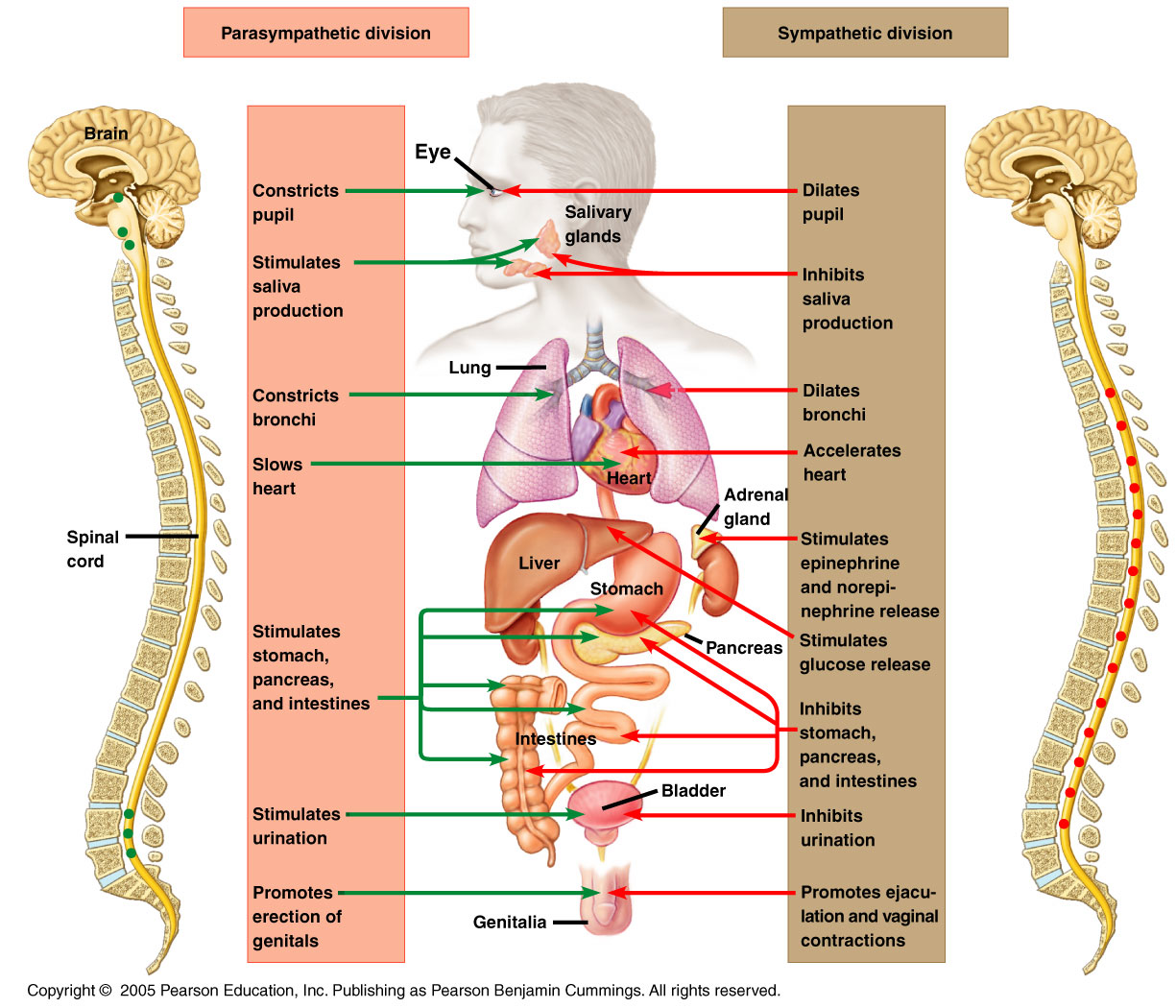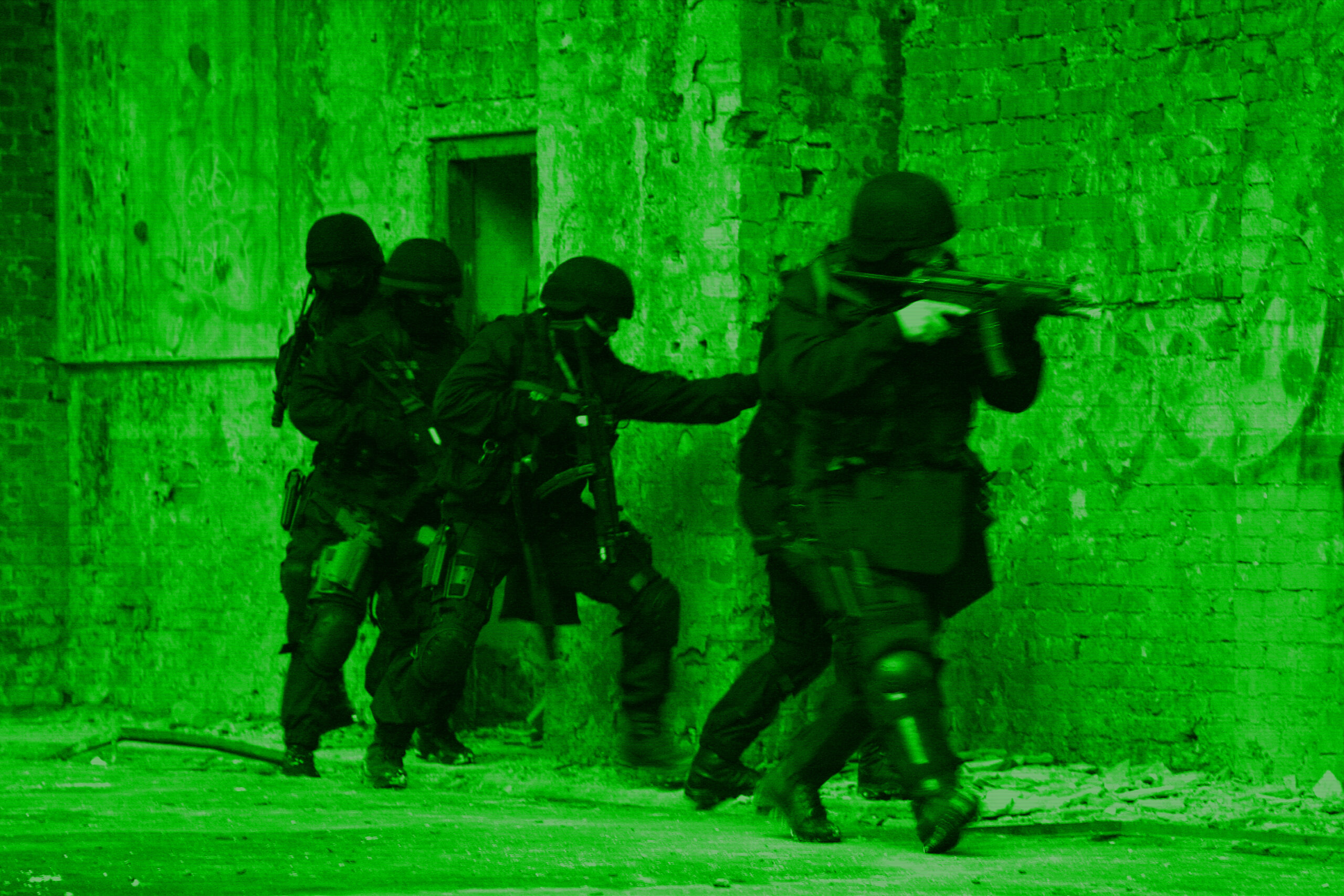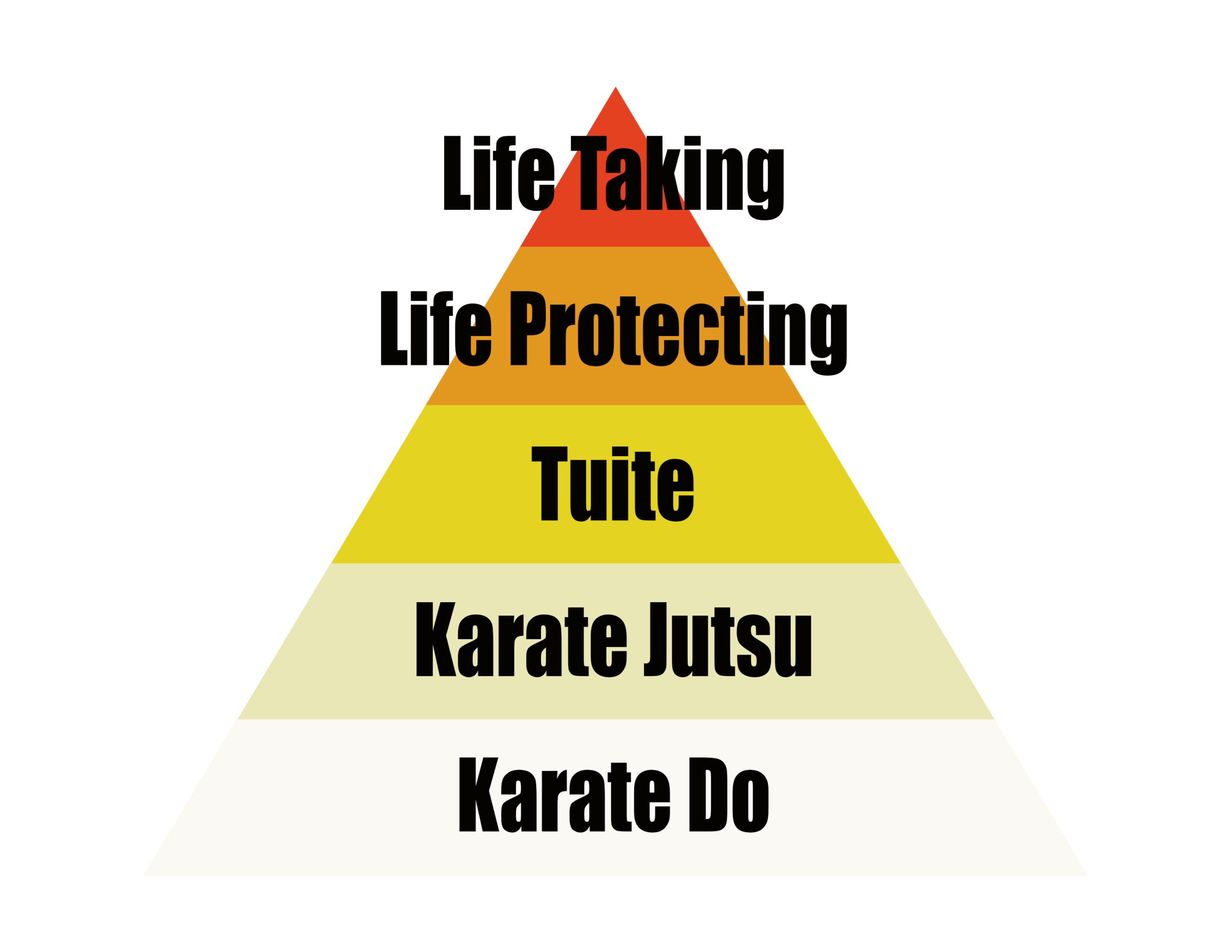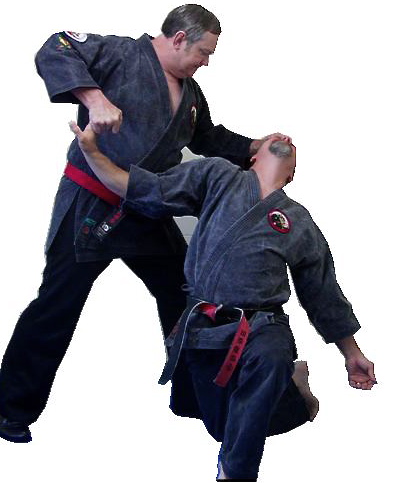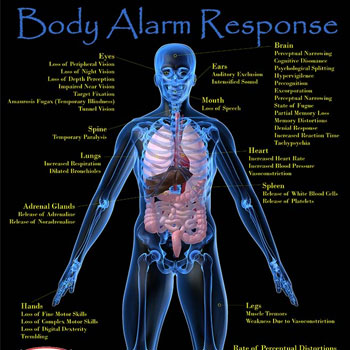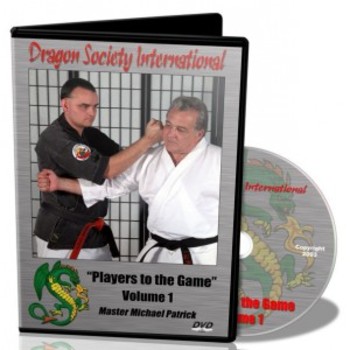
The Mystery of Traditional Martial Arts Training
The secrets of the Chinese-based martial arts, including karate, have been revealed gradually as the understanding into Traditional Chinese Medicine and the Chinese cultural experiences, and role these play in their fighting systems, has expanded. Still it all seems so mysterious with colorful names like “Palace of Toil”, “Bubbling Spring”, “Needle in the Sea” and “Brushing the Peacock’s Tail” and with concepts like the “Sichen”, “Five Element/Phases”, “Controlling or Destructive Cycle”, “Qi and the Twelve Meridians” and “Yin-yang”. What’s a Westerner to do with these totally alien names and concepts?
Mostly we memorize them, accepting that they are based on centuries of observation with results that are predictable and reliable. Touch here, hit there in the sequence of the Destructive Cycle and unconsciousness follows. Or strike hard here, in and down, and death within three days. The concept of dim-mak (dian xue in Mandarin), striking techniques causing severe, delayed effects, seems almost impossibly magical. Since these were guarded secrets for centuries, traditional martial arts have an aura of even more mystery.
The light of understanding began to shine as individuals and organizations, like the Dragon Society International, studied, researched and experimented; and then applied western medical knowledge to these Chinese concepts. For example, the most fundamental and important concept in the Chinese philosophy and Chinese-based martial arts is that of yin-yang, the opposite and complementary nature that exists in all things and between all things. In anatomy and physiology the human body has an autonomic nervous system to rapidly respond to emergency situations in order to protect the body and maintain homeostasis. The responses are reflex actions over which a person has no control. The autonomic system is divided into the sympathetic and parasympathetic nervous systems with these having opposing and complementary functions: one speeds up the function or activity of an organ, while the other slows it down. Thus the autonomic system unconsciously controls blood pressure, heart rate, digestion, urination, sleep and breathing.
Striking some nerves causes a sympathetic response with an increase in blood pressure, breathing and heart rate and which can cause a heart arrhythmia. Striking other nerves activates the parasympathetic nervous system which results in the heart slowing down, the blood pressure dropping dramatically, and the brain to go into a vasovagal faint. In the extreme scenario the heart can stop.
The book Parasympathetic Attacks to the Heart, offered by the Dragon Society International, summarizes the anatomy and physiology relevant to martial arts implications for the heart and circulatory system. The physics and kinds of strikes most suited for either a sympathetic or a parasympathetic response are discussed as well.

